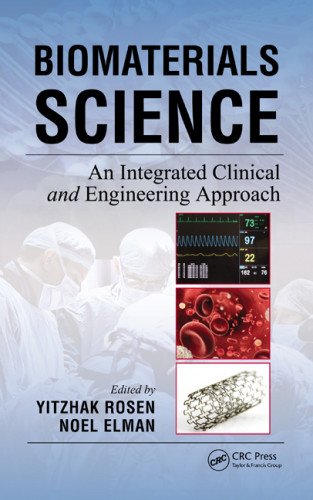

Most ebook files are in PDF format, so you can easily read them using various software such as Foxit Reader or directly on the Google Chrome browser.
Some ebook files are released by publishers in other formats such as .awz, .mobi, .epub, .fb2, etc. You may need to install specific software to read these formats on mobile/PC, such as Calibre.
Please read the tutorial at this link: https://ebookbell.com/faq
We offer FREE conversion to the popular formats you request; however, this may take some time. Therefore, right after payment, please email us, and we will try to provide the service as quickly as possible.
For some exceptional file formats or broken links (if any), please refrain from opening any disputes. Instead, email us first, and we will try to assist within a maximum of 6 hours.
EbookBell Team

0.0
0 reviews"This book is essential when designing, developing and studying biomedical materials.… provides an excellent review—from a patient, disease, and even genetic point of view—of materials engineering for the biomedical field. … This well presented book strongly insists on how the materials can influence patients’ needs, the ultimate drive for biomedical engineering. …[presents an] Interesting and innovative review from a patient focus perspective—the book emphasizes the importance of the patients, which is not often covered in other biomedical material’s books."
—Fanny Raisin-Dadre, BioInteractions Ltd., Berkshire, England
Going far beyond the coverage in most standard books on the subject, Biomaterials Science: An Integrated Clinical and Engineering Approach offers a solid overview of the use of biomaterials in medical devices, drug delivery, and tissue engineering.
Combining discussion of materials science and engineering perspectives with clinical aspects, this book emphasizes integration of clinical and engineering approaches. In particular, it explores various applications of biomaterials in fields including tissue engineering, neurosurgery, hemocompatibility, BioMEMS, nanoparticle-based drug delivery, dental implants, and obstetrics/gynecology.
The book engages those engineers and physicians who are applying biomaterials at various levels to:
Using a variety of contributors from both the clinical and engineering sides of the fields mentioned above, this book stands apart by emphasizing a need for the often lacking approach that integrates these two equally important aspects.